Image Gallery: Tadpoles Sport Eyes on Their Tails
A Tale of Wonky Eyes
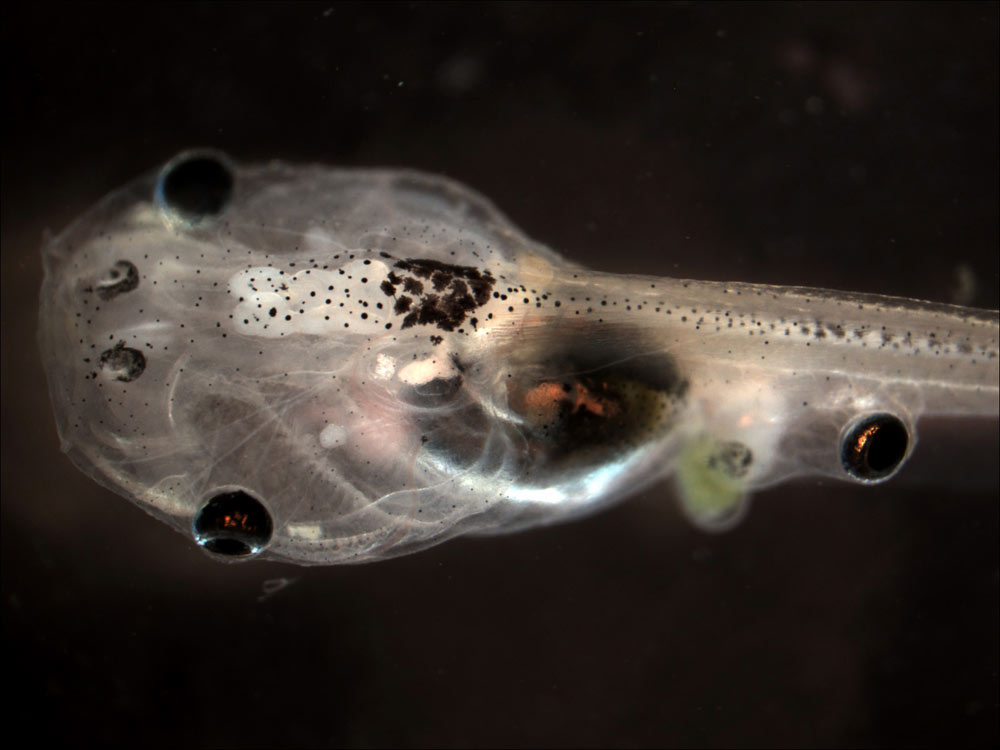
Researchers successfully implanted eye tissue in the tails of blind tadpoles of African clawed frogs, giving the tadpoles vision. The findings, detailed in the Feb. 27, 2013, issue of the Journal of Experimental Biology, could help guide therapies involving natural or artificial implants, scientists added.
Eye Removal
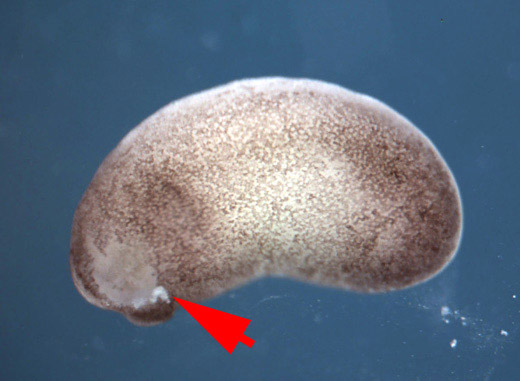
The researchers removed the eye tissue (red arrow) from the developing embryo of an African frog.
Eye Graft
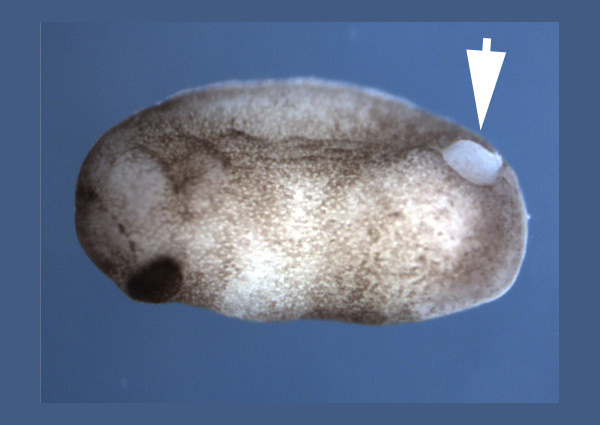
Here, an African frog embryo immediately following the tissue graft to implant an eye on its tail (white arrow).
Eye Healing

The wound from the tissue graft has healed for 24 hours in this image.
Vision Test
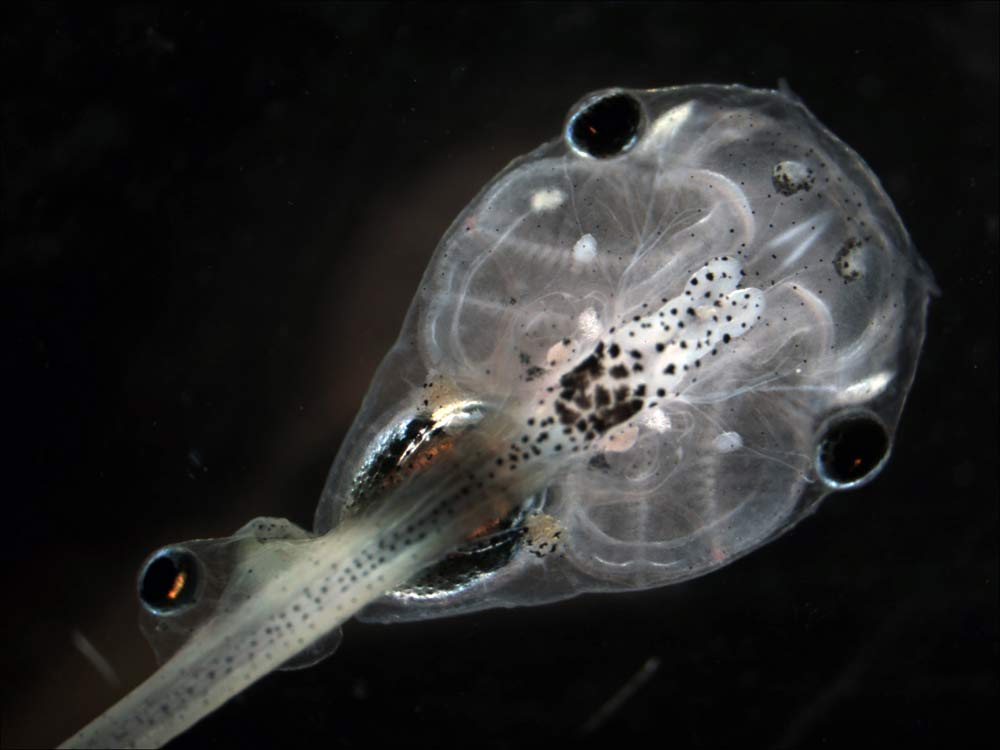
These experimental tadpoles (shown here) then received a vision test the researchers first refined on normal tadpoles. The tadpoles were placed in a circular arena half illuminated with red light and half with blue light, with software regularly switching what color light the areas received.
Zapped
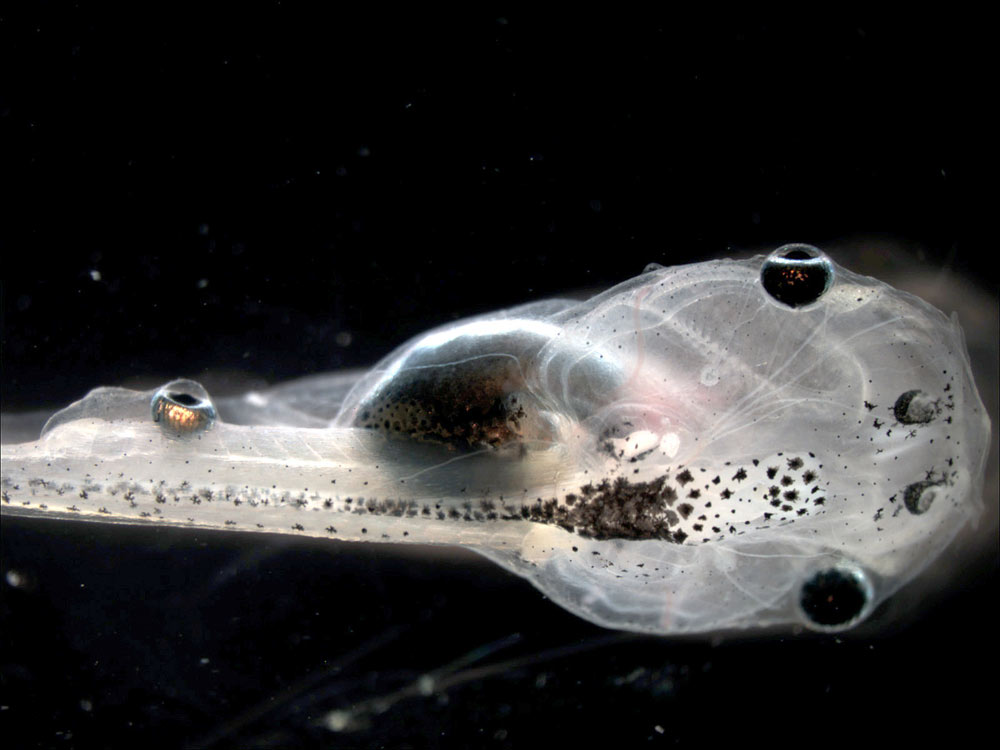
When tadpoles with tail eyes (shown here) entered places lit by red light, they received a tiny electric zap. A motion-tracking camera kept tabs on where the tadpoles were.
Sprouting Nerves
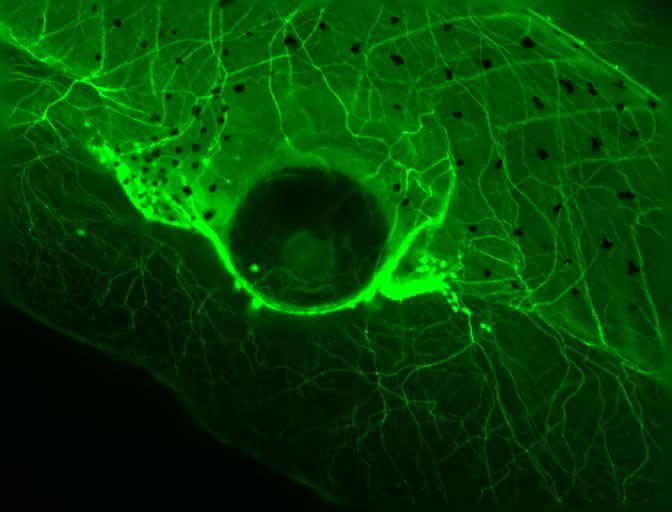
Nerves begin to grow in the area around the tadpole's ectopic eye, though they aren't nerves coming directly from that eye.
Get the world’s most fascinating discoveries delivered straight to your inbox.
Fin Nerves

Here nerves in the fin of a tadpole in the study.
A Little Help From the Spine
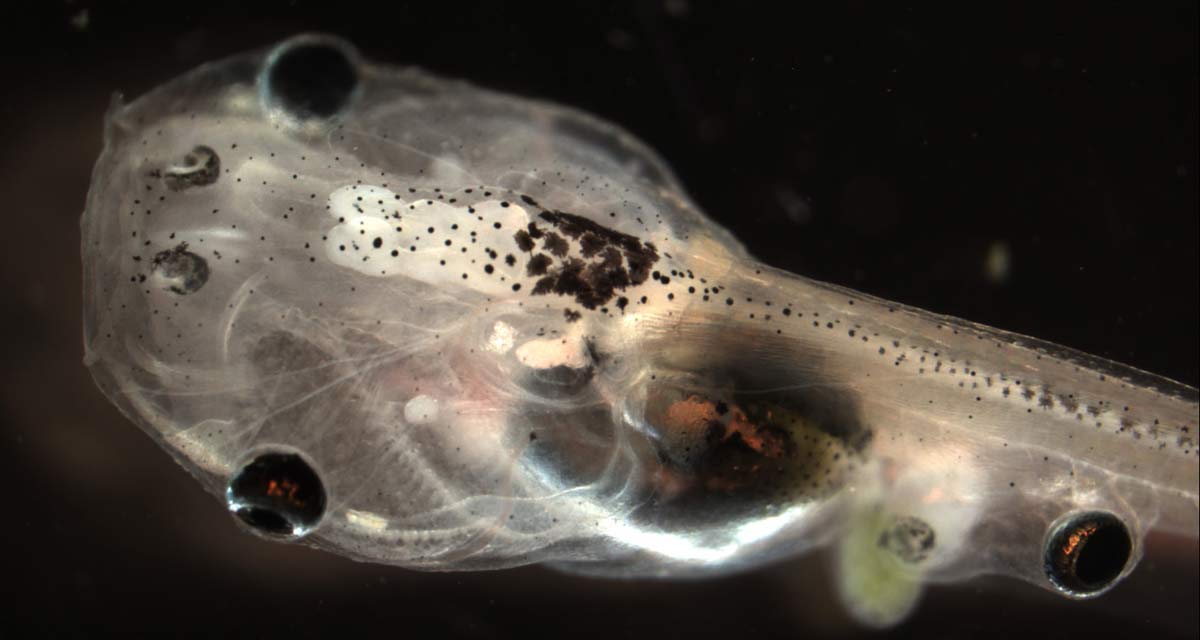
The six tadpoles that could see well in the study all had nerves plugged into their spine, which makes sense — their eyes apparently linked with their central nervous system.
Augmentation Tech

"This has implications not only for regenerative medicine — replacing damaged sensory and motor organs — but also for augmentation technology," said researcher Michael Levin, a developmental biologist at Tufts University. "Perhaps you'd like some more eyes, maybe ones that see in infrared?"
 Live Science Plus
Live Science Plus






